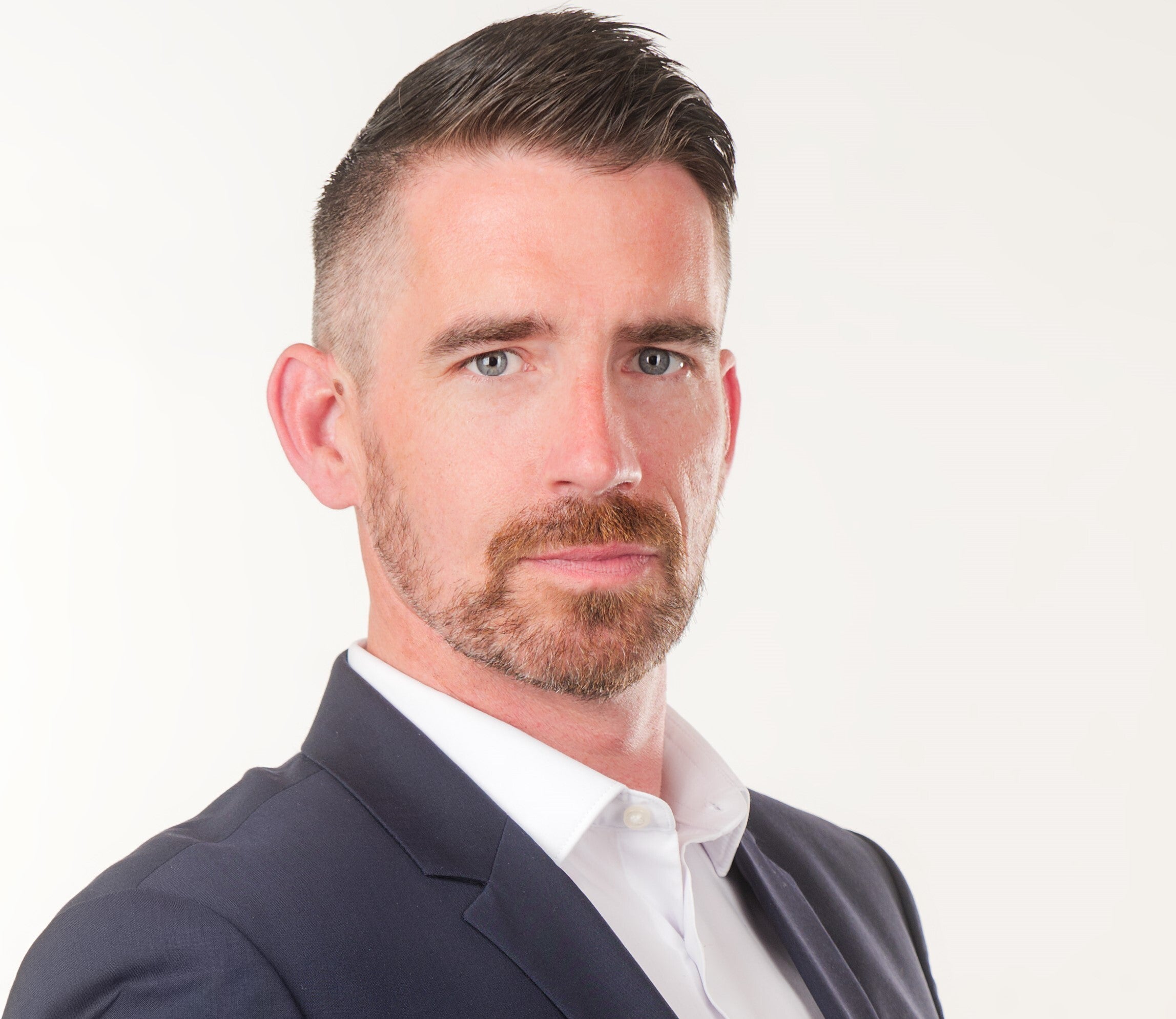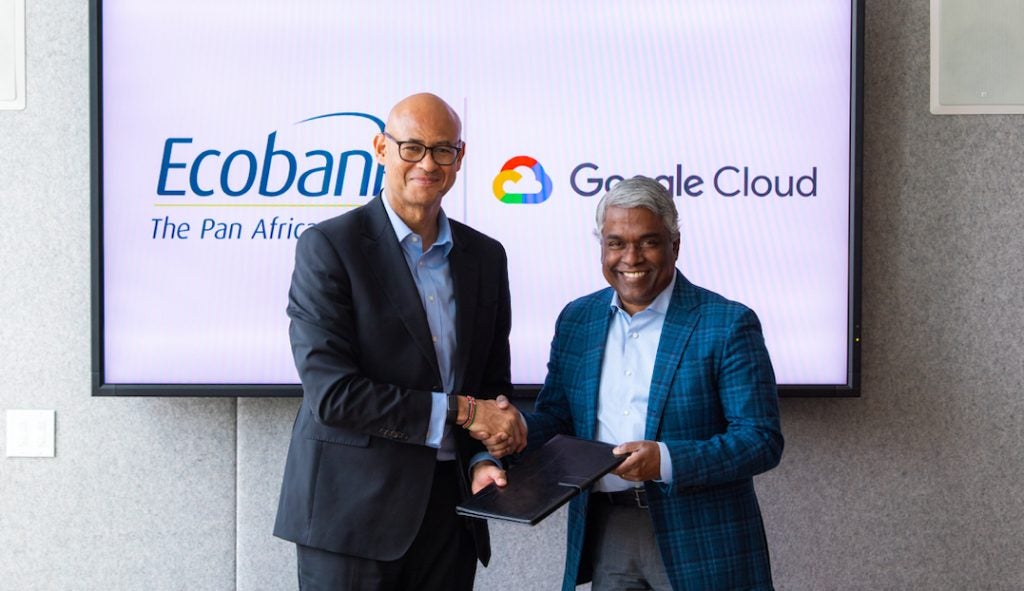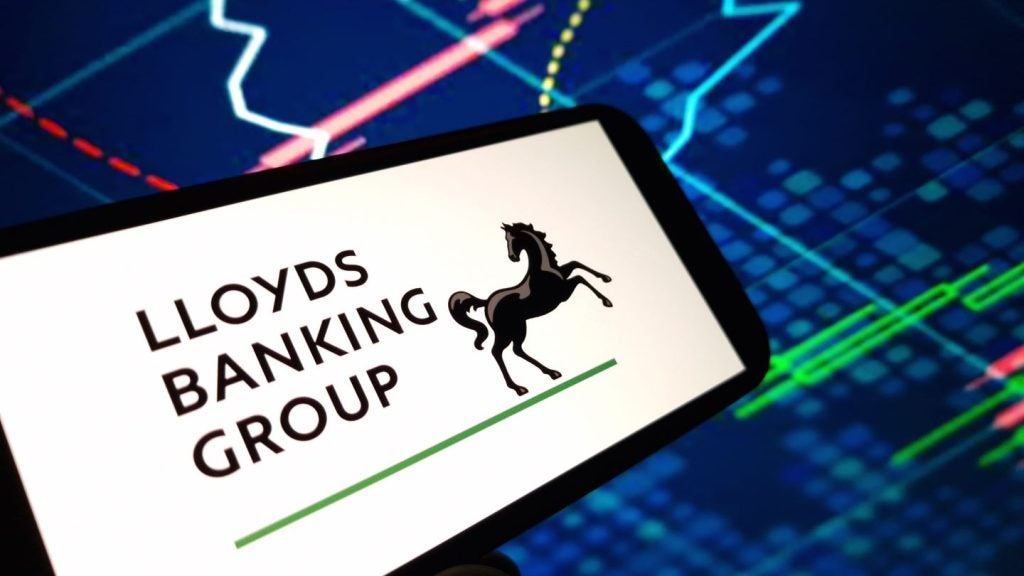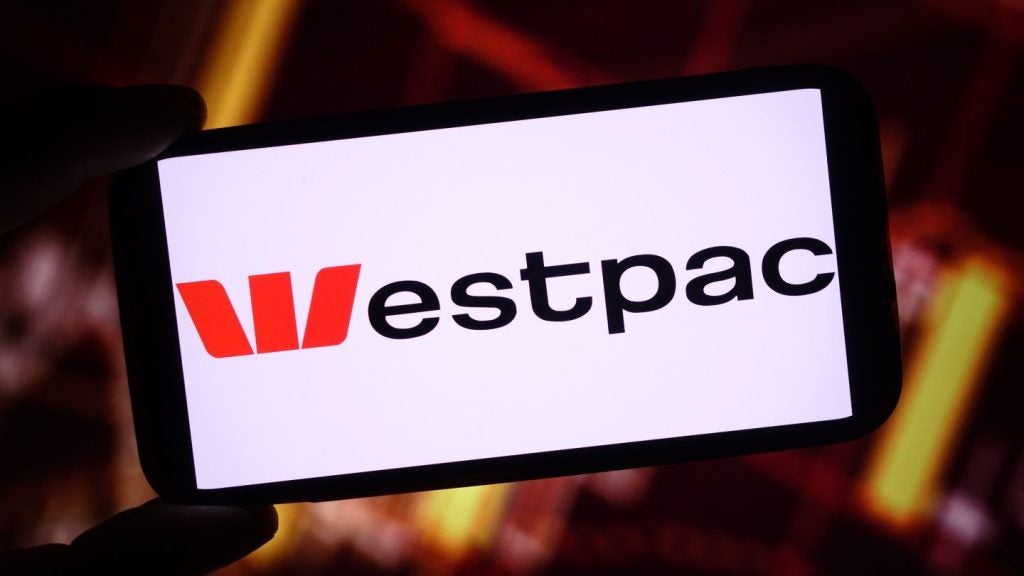It may seem obvious that we live and work in both a physical and digital world, but there is still a divide between these spaces for many Financial Services (FS) firms. Too many organisations, especially those in finance, have siloed their face-to-face operations, whether that is working with clients or meeting prospective investors, and their digital engagement efforts, which could include anything from the company social media accounts to webinars.
In this article, we’ll look at how this divide can be bridged, using the latest audience engagement technology as an example of how FS firms can use to create online and offline experiences that genuinely drive engagement.
What is client engagement?
Client engagement is more than just a buzzword; it’s the lifeblood of any successful business. At its core, client engagement is about building and maintaining relationships with customers or clients. It’s the ongoing interaction between a company and its clients, where both parties communicate, exchange information, and ideally, derive mutual value.
This concept transcends the boundaries of traditional face-to-face interactions and extends into the digital realm. Whether it’s through in-person meetings, social media platforms, webinars, or other online channels, effective client engagement hinges on meaningful interactions that foster trust, loyalty, and satisfaction.
From face-to-face meetings to social and webinars
In client engagement, diversity is key. Gone are the days when face-to-face meetings were the primary mode of interaction. Today, many firms leverage a variety of channels to engage with their clients, each serving a unique purpose and catering to different preferences.
Face-to-face meetings remain invaluable, especially in industries like finance, where trust and personal connections are paramount. Whether it’s a consultation with a financial advisor or a pitch meeting with potential investors, the ability to have real-time, in-person conversations fosters a deeper level of understanding and rapport.

US Tariffs are shifting - will you react or anticipate?
Don’t let policy changes catch you off guard. Stay proactive with real-time data and expert analysis.
By GlobalDataOn the digital front, social media platforms have emerged as powerful tools for client engagement. Many companies use platforms like LinkedIn, Twitter, and Instagram to share updates, interact with clients, and showcase their expertise. Through engaging content and active participation in online conversations, businesses can humanise their brand and establish meaningful connections with their audience.
Webinars represent another effective means of client engagement, offering a platform for organisations to educate, inform, and interact with their clients in a virtual setting. Whether it’s hosting thought leadership sessions, product demonstrations, or Q&A sessions, webinars allow firms to deliver value directly to their clients’ screens, fostering engagement and knowledge sharing.
What firms are getting wrong about client engagement in a digital age
Avoiding ‘One size fits all’ sales funnels: In a digital age where personalisation is king, FS firms can no longer afford to take a cookie-cutter approach to client engagement. Generic sales funnels and mass email blasts are unlikely to resonate with today’s discerning clients who expect experiences tailored to their needs and preferences.
Relationships based on transactions: Too often, firms focus solely on transactions, neglecting the importance of building genuine, long-lasting relationships with their clients. In a digital age where competition is fierce and consumer loyalty is fleeting, organisations must prioritise relationship-building efforts that extend beyond the point of sale.
Lack of customisation: Personalisation is not just a buzzword; it’s a necessity in today’s digital landscape. Yet, many firms still fall short when it comes to customising their client engagement strategies. Whether it’s failing to leverage customer data to deliver targeted content or offering generic solutions that fail to address individual needs, lack of customisation can alienate clients and hinder engagement efforts.
‘High-tech, high-touch’ models
Technology plays a pivotal role here. The latest platforms exemplify the ‘high-tech, high-touch‘ approach, leveraging cutting-edge technology to facilitate meaningful interactions between firms and their clients.
This term was developed by the futurist John Naisbitt, who used it to make a simple point: successful technology is that which shapes human experience. Social media is a good example of this – it has fundamentally restructured the way we relate, speak, receive news and engage in culture and politics. Your firm in all likelihood isn’t a technology company, but it does exist at a time when arguably every company is a technology company – not in the sense that you are developing your own technology, but that you will build a stack of tech through which to interact with your clients (a website, emails, even your telephone system).
Many organisations do this unconsciously – they know that they need a website, because every business has a website and so on. Firms that embrace the high-tech, high-touch paradigm create their tech stack more consciously, not only using and staying abreast of the latest technology, but using it in a way that communicates directly with potential clients in a way that addresses their real needs.
And what are those needs? In almost every industry, especially the financial, the answer is the need to feel that the firms you work with have the knowledge necessary to give them what they need. That is something that the high-tech, high-touch modality is well suited for.
Conclusion
The divide between digital and physical commerce is shrinking, and as such, fully integrated, omnichannel solutions are needed to take advantage of this shift.
FS firms that embrace a holistic approach to client engagement, leveraging both digital and physical channels to foster meaningful interactions and build lasting relationships, will be best positioned to thrive in the future. By prioritising customisation, personalisation, and the integration of cutting-edge technology, businesses can bridge the gap between online and offline engagement, delivering value to their clients at every touchpoint.

Matt Ryan is Chief Transformation Officer at Reef, Powered by Totem
Matt has more than 15 years of experience working with and alongside world famous brands to deliver transformation at every level. After a highly successful exit as an entrepreneur, he has since set about elevating companies ranging from long-standing Nasdaq behemoths to exciting start and scale-up businesses.
Reef is an award-winning audience engagement platform designed for events, webinars, communities, and courses. A single environment to create, host, and analyse the full spectrum of media and events. The technology delivers seamless brand experiences across every audience touchpoint including conferences, AGMs, investor meetings, financial updates, webinars, courses, videos and much more.








